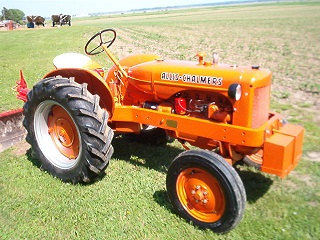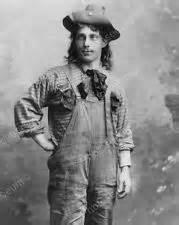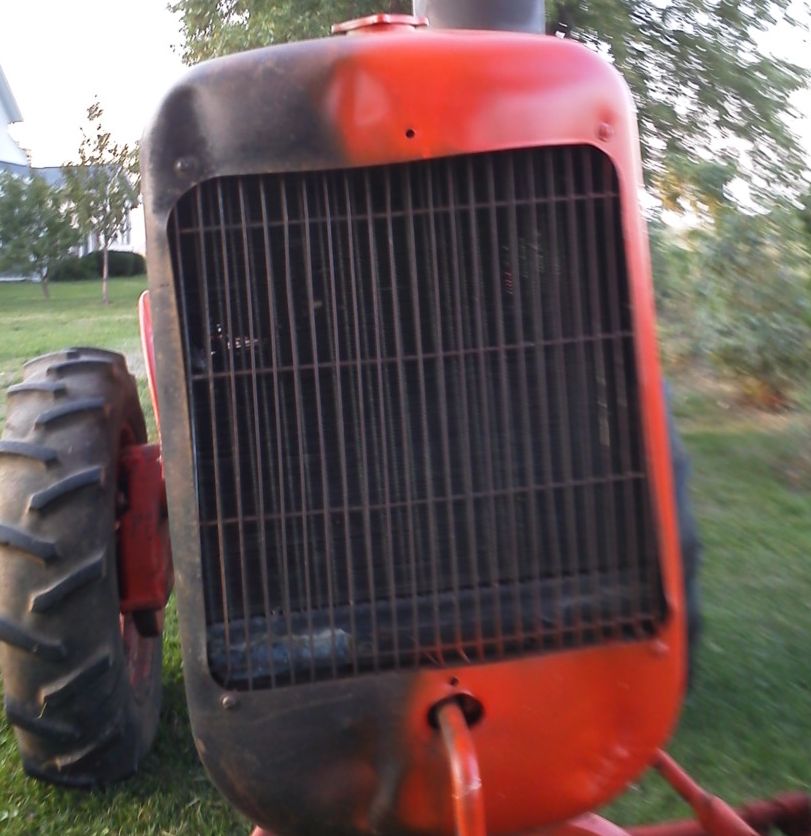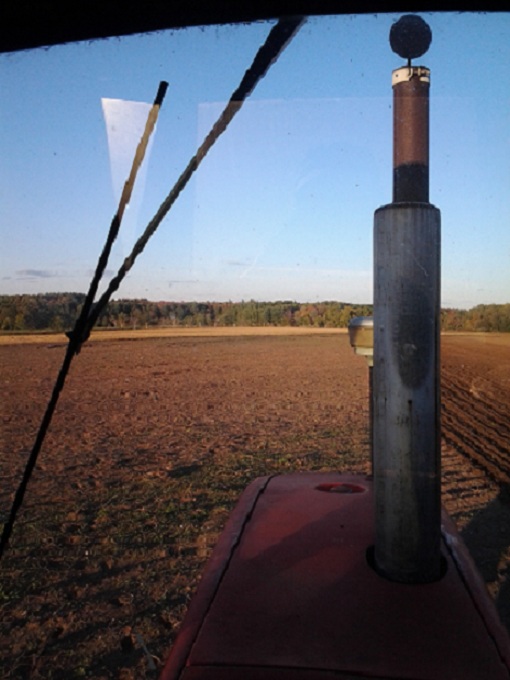okay, so we're talking about gravity-draft here, not forced-draft.
In ANY chimney, the actual concept of WHY they work, is gravity.
An open fire, in the middle of a field, has oxygen coming in along the ground, into the fire, and as the fire burns, it heats the surrounding air, and with rising hot air, the combustion products rise. The hotter the fire, the greater the difference in air DENSITY... the cold air is heavier, the hot air is lighter,.. that means air in the center, directly over the fire, wants to RISE.
A chimney isolates the hot exhaust air, from the cold supply air. By keeping the hot exhaust air consolidated, for a longer time, causes it to rise considerably faster, and at the bottom, where the fire is, cold air is coming IN, thus supplying the fire with more combustion air. Hotter fire, faster fuel burn... essentially, gravity (cold air pushing down) is 'turbocharging' the combustion process.
The problem is, that a fireplace's fire SIZE determines the chimney size. A chimney that's way to big for a fire, doesn't properly isolate the hot combustion air from the cold surrounding air. Small fire requires a small chim, and vise-versa. Your oil furnace is probably developing just-enough-waste-heat on full-blast to generate proper draft.
Next... the chimney must NOT have any obstructions... a bird's nest, partially blocking the cap, is sufficient to restrict airflow at the top, enough to cause the gases to 'back up' just a little, and in doing so, slow down, and lose heat, thus... not rise fast enough.
Next...
The house is old. It was built before all these fantastic insulating windows and tight-sealing doors... and to have proper draft up the chimney, there must be cold air at the fire.
If you crack open an outside window for a few minutes and the furnace smell goes away, you need more combustion supply air.
And yes, if you install a liner in the chimney, to size it down commensurate with the furnace, it WILL improve the surface area/fire heat ratio required to enforce natural draft...
What I would do, is consider a high-efficiency forced-draft furnace, and pipe PVC exhaust out through the wall, or drop PVC down the chimney, and then seal the top of the chim to it. I would NOT personally bring in the combustion air separate from the outdoors, instead I would pipe the intake to low near the basement floor. By doing so, the furnace will draw in any subterranean gas products, radon, etc, and burn, and eject it out the chimney, helping to restore the original air-quality circumstances that an uninsulated house naturally got from the presence of a chimney.









 Topic Options
Topic Options

 Post Options
Post Options Thanks(0)
Thanks(0)




 shameless dude wrote:
shameless dude wrote:


